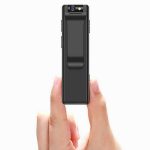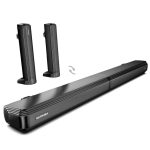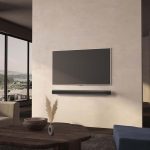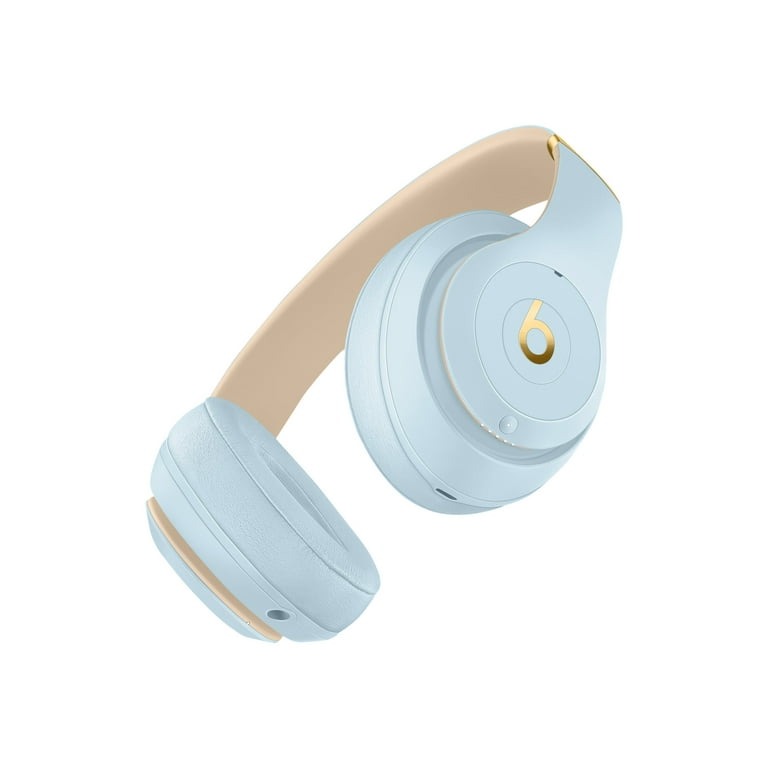If you’ve found yourself asking, “Why is only one side of my headphones working?” you’re not alone. This is a common issue that many headphone users face, and it can be particularly frustrating when you’re trying to enjoy your favorite music or podcast. Understanding the reasons behind this problem will help you troubleshoot and potentially fix your headphones, or at least know when it’s time to purchase a new pair. In this article, we’ll delve into several factors that could lead to only one side of your headphones functioning properly.
Causes of One-Sided Headphone Malfunctions
Experiencing audio issues can be frustrating, especially when only one side of your headphones is working. There are several reasons why this annoying glitch occurs. Here, we’ll delve into the main causes behind one-sided headphone malfunctions.
Damage to the Audio Jack
The audio jack is often the culprit for one-sided sound issues. If it’s bent or dirty, it might not make proper contact with the headphone port, leading to sound only coming from one side.
Wiring Problems
Frequent bending and twisting can damage the wires inside the headphone cable. This wear and tear might cause a break in the connection, resulting in sound loss in one earpiece.
Speaker Failures
Inside each earpiece of a headphone is a small speaker. If one speaker fails due to damage or a manufacturing defect, it will not produce any sound.
Dirt and Debris
Debris or earwax accumulated in the headphone’s earpiece might block the sound from coming through. A simple cleaning could solve this issue.
Bluetooth Connectivity Issues
For wireless headphones, Bluetooth connectivity problems can lead to uneven sound distribution. Ensure you’ve paired your headphones correctly and that there are no signal interferences.
Understanding these common causes helps to diagnose and fix one-sided headphone malfunctions effectively. Next, we’ll look at the common troubleshooting steps to identify and address these issues.
Common Troubleshooting Steps
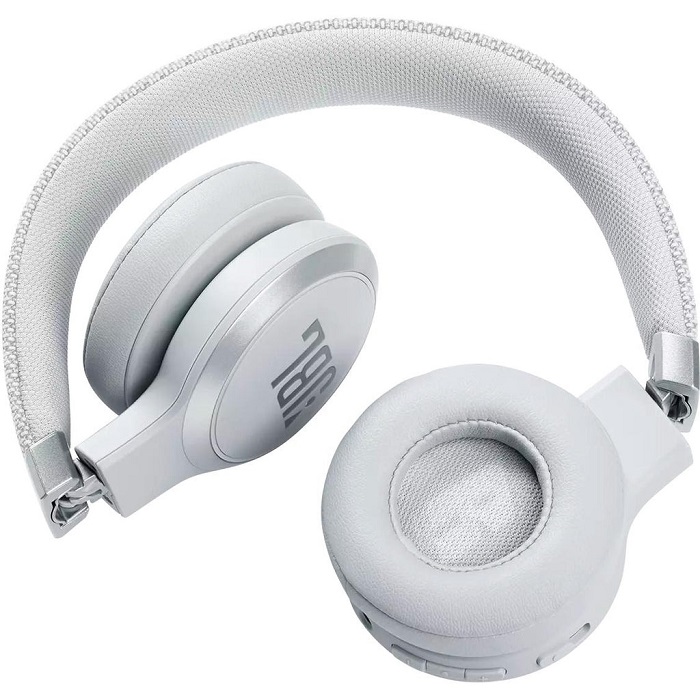
When you’re facing the vexing problem of one earpiece not working, a systematic approach is essential. Follow these troubleshooting steps to uncover the root of the issue:
Examine the Headphone Jack
First, inspect the headphone jack. Look for any signs of damage or dirt. If it seems dirty, gently clean it with a dry cloth.
Test Different Audio Sources
Sometimes the problem lies not in the headphones but the audio source. Try using a different device to check if the issue persists.
Swap Sides
If you’re using earphones with detachable cables, swap the sides. This can reveal if it’s a problem with the cable or the earphone itself.
Inspect the Cable
Closely examine the entire length of the headphone cable. Look for kinks, bends, or exposed wires that could signal a problem.
Check the Earpiece
Gently clean the earpiece mesh to remove any blockages. If it’s detachable, see if there’s any visible damage that may be causing the malfunction.
Verify Bluetooth Connection
For wireless headphones, confirm that the Bluetooth connectivity is stable. Also, check for any firmware updates that might resolve the issue.
Reset Your Headphones
Sometimes, a simple reset can resolve one-sided sound problems. Check the manufacturer’s instructions on how to reset your specific headphone model.
By following these steps, you can typically pinpoint why is only one side of my headphones working. Oftentimes, the issue can be remedied with one of these simple solutions. If not, further inspection or professional repair might be necessary.
How to Check for Wiring Issues
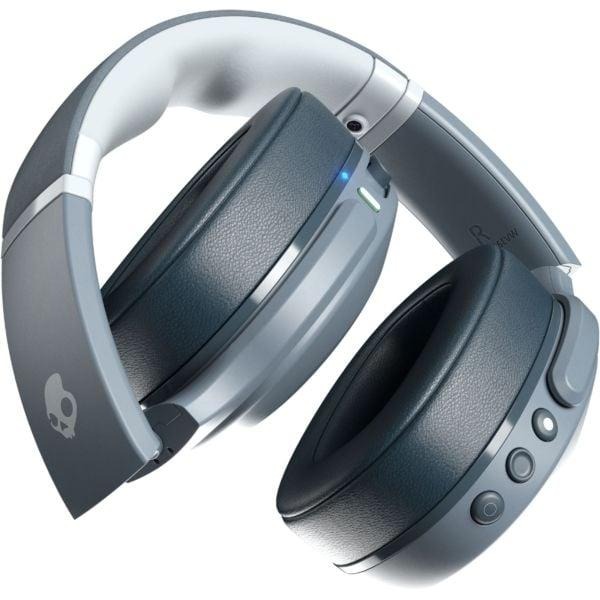
Detecting wiring issues is vital when troubleshooting one-sided headphone problems. Start this process by focusing on the cable.
Visual Inspection
Begin by conducting a visual inspection of the entire cable. Look for any obvious signs of damage, like kinks, bends, or exposed wiring.
Flex Test
Gently flex the cable along its length. Pay close attention to how the sound changes as you do this. If the sound cuts in and out while bending the cable, there may be an internal break.
Continuity Test
For a more technical approach, use a multimeter to perform a continuity test. This will tell you if there’s a complete path for the electrical current. Lack of continuity often indicates a broken wire.
Connector Check
Examine the connectors at both ends of the cable. Loose or damaged connectors can be the reason why is only one side of my headphones working. Ensure they are fully plugged in and not dirty.
Prioritize your safety when conducting any tests and ensure your device is turned off. By meticulously checking for wiring issues, you increase the chances of diagnosing the precise problem, which is the first step in fixing your headphones.
Solutions for Bluetooth Headphones
Facing one-sided audio issues in Bluetooth headphones requires a different set of solutions. Unlike wired headphones, the problem often stems from digital glitches or connectivity challenges. Below are the steps you should take:
Ensure Proper Pairing
First, make sure your headphones are correctly paired with your device. Unpair and then reconnect them to rule out pairing errors.
Check Battery Levels
Low battery can cause erratic performance. Charge your Bluetooth headphones fully and then test the audio.
Update Firmware
Manufacturers often release firmware updates that fix bugs. Check for updates and install them if available.
Reset Bluetooth Headphones
Follow the manufacturer’s guide to reset your headphones. This can resolve lingering connectivity issues.
Inspect for Physical Damage
Even though there are no wires, physical damage can still affect Bluetooth headphones. Look for visible signs of wear.
Review Audio Settings
Sometimes a device’s audio settings can be misconfigured. Verify that the balance is centered and no mono setting is on.
By tackling these typical Bluetooth-specific issues, you’ll enhance the odds of rectifying one-sided sound problems. If these steps don’t resolve it, consider seeking professional help or contacting the manufacturer.
DIY Headphone Repair Tips
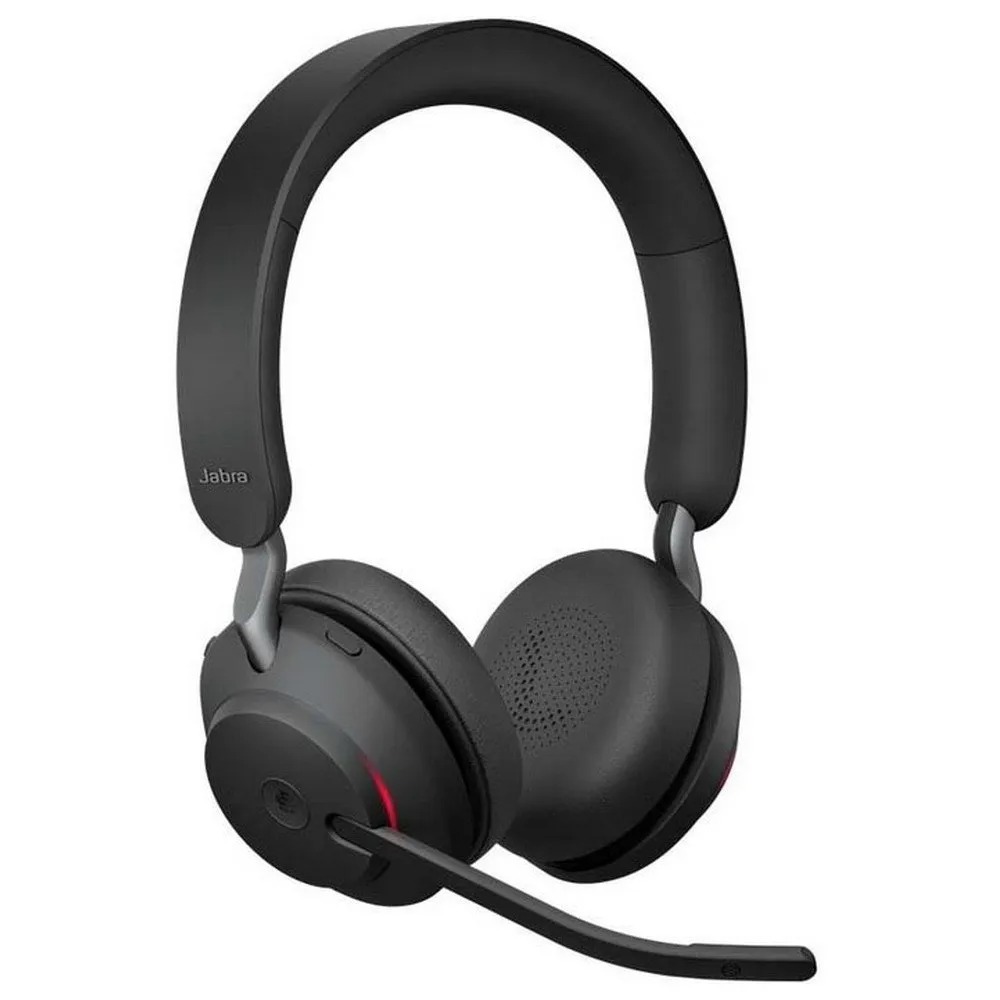
DIY repair can often save time and money, and it can be quite easy if you know what you’re doing. Here’s how to address some common issues that lead to one-sided audio woes.
Tighten Loose Parts
Inspect all parts of the headphone for any looseness. Tighten screws or snap fits that may have become loose from use.
Solder Broken Connections
For those adept with a soldering iron, re-soldering broken connections on the headphone’s circuit board can fix wiring problems. Be sure to do this carefully to avoid further damage.
Replace Damaged Cable
If the cable is visibly damaged, consider replacing it. Many headphones have detachable cables, making this process straightforward. Remember to purchase the correct type of replacement cable.
Clean Contact Points
Build-up of dirt on the jack’s contact points can cause connection issues. Use a cotton swab dipped in rubbing alcohol to clean these points thoroughly.
Reattach or Replace Ear Pads
Damaged ear pads can affect sound delivery. Reattach them if they’re loose or replace them if they’re worn out to restore comfort and functionality.
These tips should help in resolving why is only one side of my headphones working. Be cautious and if at any point you feel uncertain, consider professional help to avoid causing more damage to your headphones.
When to Consider Professional Headphone Repair
When DIY solutions fail to revive your headphones, it’s time to seek professional repair. Certain symptoms might suggest that the issue with your headphones is beyond what can be managed at home. Here are indicators that professional help is needed:
Persistent Sound Issues After Troubleshooting
If after following all the troubleshooting steps, the problem persists, it likely indicates a more complex internal issue. Persistent issues that resist your best DIY efforts could require specialized tools and expertise.
Visible Damage to Internal Components
Should you notice any visible damage to internal components during your inspections, like damaged circuit boards or broken internal wiring, these are often too intricate for DIY repairs.
Warranty and Avoiding Voidance
If your headphones are still under warranty, attempting to fix them yourself could void it. Always check the warranty terms before opening up your device.
Lack of Tools or Technical Skills
Sometimes, the right tools or a certain level of technical skills are necessary to fix the problem. Professional technicians have access to specialized equipment that most consumers do not.
When Time Is of the Essence
In cases where you need a quick solution and don’t have time for troubleshooting, professionals can often provide faster repairs without the trial and error.
High-Value or Vintage Headphones
For expensive, high-quality, or vintage headphones, professional servicing can ensure that repairs are done correctly, maintaining their value and performance.
In conclusion, seek professional headphone repair when faced with complex issues, when lacking necessary tools or skills, to preserve warranty, or when dealing with high-value audio equipment. Doing so could save you from inadvertently causing more harm to your headphones and help to restore perfect sound to both sides.
Preventative Measures to Protect Your Headphones
To prevent one-sided headphone problems, take these steps. They’ll help keep your audio experience smooth and uninterrupted.
Handle With Care
Always handle your headphones gently. Rough handling can damage internal components. Store them in a protective case when not in use.
Keep Them Clean
Regularly clean your headphones. Dust and earwax can clog the earpiece and degrade sound quality.
Avoid Excessive Bending
Don’t bend or twist the headphone cable too much. It strains the wires and can lead to breakages.
Detach Cables When Possible
If your headphones have detachable cables, disconnect them when not in use. It reduces stress on the connectors.
Use Correctly Sized Ear Tips
For in-ear models, using the right size ear tips ensures a good fit and prevents damage.
Monitor Sound Levels
Keep the volume at a safe level. Blasting music can wear out the headphone speakers over time.
Update Regularly
For Bluetooth headphones, keep the firmware updated to avoid connectivity glitches.
Be Mindful of the Jack
When plugging in, do it carefully. A forceful or incorrect insertion can harm the audio jack.
Adopting these preventative measures can save you from asking why is only one side of my headphones working. Your headphones will last longer and perform better.



